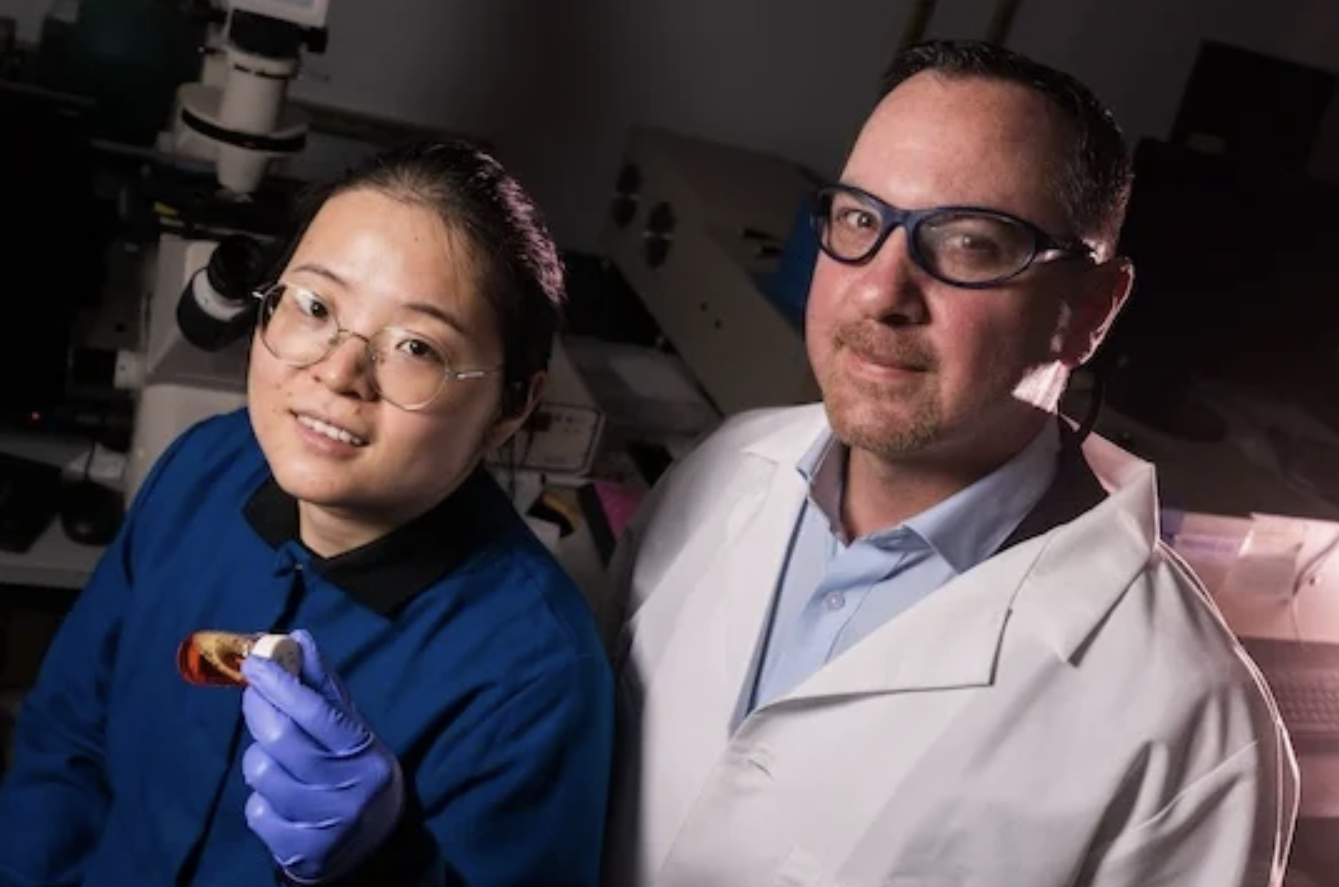
(Image: Getty Images/Unsplash)
Green chemistry refers to a set of principles described in the 1998 book “Green Chemistry: Theory and Practice" by John Warner and Paul Anastas. As part of the environmental movement sparked by the influential writer Rachel Carson in the 1960s, Warner and Anastas outlined 12 guidelines for harm reduction and sustainability in the chemistry profession that reduce dependency on petrochemicals and other substances that pollute the environment.
One key influencer is the American Chemistry Society. As the largest professional organization for chemists in the world, it's capable of moving chemistry in a sustainable direction on a global scale. The society stamped its seal of approval on the green chemistry movement back in 2001 when Paul Anastas’s Green Chemistry Institute became part of the organization. Twenty-four years later, the American Chemistry Society continues to advocate for the 12 principles, and the ACS Green Chemistry Institute works on ways to replace chemical processes and ingredients used in products with more sustainable alternatives.
In the pharmaceutical industry, for example, this year the Institute and its partners are moving forward with the development of three industry-wide green chemistry tools, including substantial upgrades to an existing lifecycle assessment tool and a “greenness” score calculator, along with an evaluation process for biodegradability aimed at addressing new European Union regulations.
It may sound deep into the weeds, but all three projects have widespread implications for the global pharmaceutical industry. The upgraded lifecycle assessment tool, for example, will offer chemists a standardized and more streamlined process for estimating the environmental impacts of active pharmaceutical ingredients. In a May statement, Frank Roschangar, a co-leader on the lifecycle assessment project who holds the post of Highly Distinguished Research Fellow – IU Sustainability at the U.S. firm Boehringer Ingelheim Pharmaceuticals, said he's excited to see the tool become "an industry standard for green manufacturing,"
Breakthrough research continues
New foundational discoveries in the green chemistry field also have the potential to influence practices beyond the pharmaceutical industry. At Rice University, for example, a research team is developing a water-based chemical reaction process — which deploys a light-sensitive metal instead of toxic solvents like acetone and benzene.
“This innovation could drastically reduce pollution in industries including pharmaceuticals and materials science, where harmful organic solvents are often necessary,” a news release from the school reads.
Notably, the non-toxic reaction performs even more effectively than its conventional counterparts — and the components needed for the process are reusable, helping to keep both costs and environmental impacts down.
“Our findings show how powerful molecular design can be in tackling chemical sustainability challenges while maintaining high chemical performance,” Rice professor and chemistry chair Angel Martí, who leads the research team, said in a statement. “We’ve created a tool that could transform how chemical reactions are performed, reducing environmental harm while increasing efficiency.”

Transforming basic research
The Rice project was partly supported by the Welch Foundation, illustrating the key role that private funders can play in the development of green chemistry. In a more wide-ranging example, last month the Moore Foundation tapped Paul Anastas to direct a new $93.4 million project with the goal of transforming basic green chemistry research over the next seven years.
“While green chemistry is an established area of study, the foundation's exploration of the subject revealed important opportunities where breakthrough innovations can dramatically increase performance and functionality of our materials while ensuring their safety and sustainability,” a recent news release from the foundation reads.
As a basic research program, the new Green Chemistry Initiative will focus on molecular-level improvements in materials design and energy efficiency. Two other areas of study involve improving control over wastewater and other complex mixtures and developing new toxicity assessment tools.
“A core aim of the initiative is to enable scientists to work together globally to make chemistry greener,” the foundation's release reads. “Overall, we plan to create a new standard for how chemistry research is done, helping to overcome traditional cultural, institutional, and educational barriers and support general community building among researchers.”
The rise of the startups
Despite the abrupt shift in federal energy policy this year, U.S. entrepreneurs will also continue to influence the direction of green chemistry. The American Chemistry Society hosted its first startup showcase at the 29th annual Green Chemistry and Engineering Conference in Pittsburgh last month, featuring five U.S. firms among a total of seven presenters.
The showcase covered a wide range of industries that can benefit from green chemistry, including a wood waste-to-gasoline system developed by the Pennsylvania firm Woodland Biomass Innovations and personal protective gear free of the chemicals known as PFAS from another Pennsylvania startup, Workers First.
While being less environmentally harmful, many of these applications also perform better than what's on the market today. For example, the biodegradable textiles Georgia-based EcoaTEX makes from wood pulp and agricultural waste outperform their synthetic counterparts on strength and water resistance, in addition to achieving faster processing times.
The global demand for green chemicals and processes is expected to nearly double by 2030. Regardless of federal policy in the United States, U.S. researchers and investors will continue to be drawn to new opportunities presented by the green chemistry field and applications like these, and the support system of organizations and private foundations is likely to grow along with them.

Tina writes frequently for TriplePundit and other websites, with a focus on military, government and corporate sustainability, clean tech research and emerging energy technologies. She is a former Deputy Director of Public Affairs of the New York City Department of Environmental Protection, and author of books and articles on recycling and other conservation themes.














